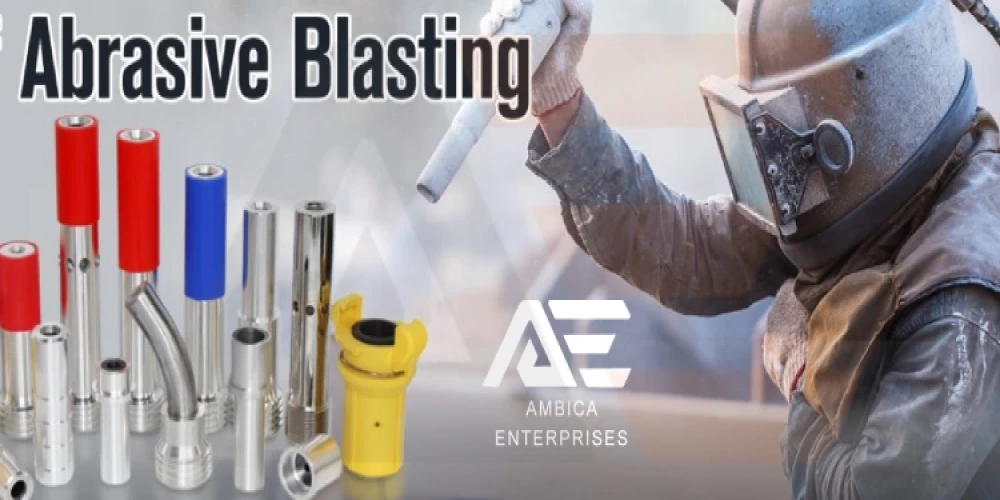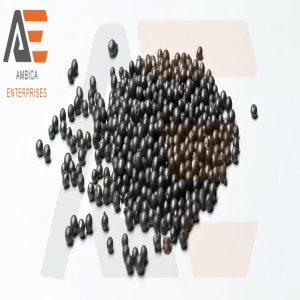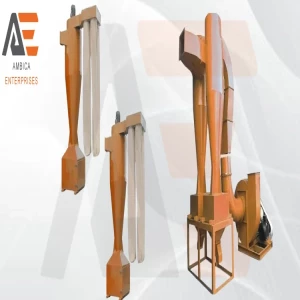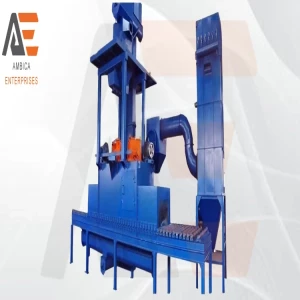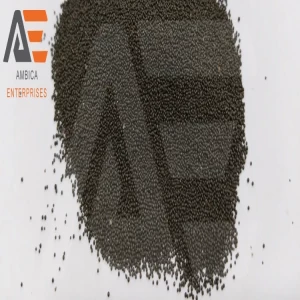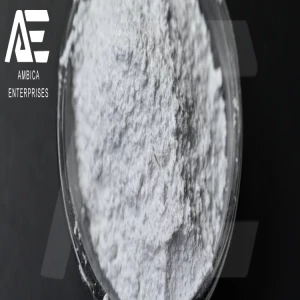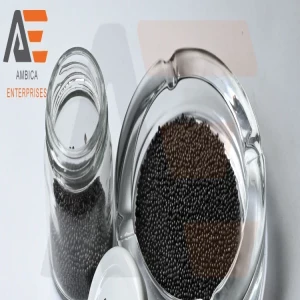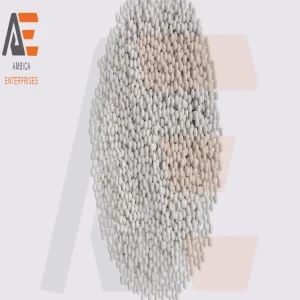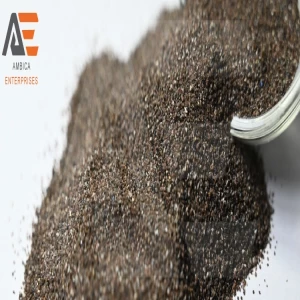What is Abrasive Blasting?
Abrasive blasting can be defined as a process of cleaning and finishing of materials by forceful direction of an abrasive media like steel shot, steel grit, stainless steel shot, cut wire shot etc applied either dry or suspended in a liquid medium, against the surface of the work-piece.
In an abrasive sand blasting machine to smooth a rough surface, roughen a smooth surface, shape a surface, or remove surface contaminants, abrasive material is forcedly propelled against a surface under high pressure.
Abrasive Blasting Machine Uses
- Clean a surface by removing unwanted rust, scale, paint, etc., in preparation for painting, anodizing, welding, or other processes which require a clean surface.
- Deburr, remove tooling marks or otherwise finish a crude product.
- Change metallurgical properties or stress relieve a part by the peening action of multiple impactions.
- Produce the desired matte or decorative finish to provide an actual cutting or inscribing of partially masked parts, such as tombstones, or remove "flashing (excess material) from moulded plastic or rubber.
Abrasive Blasting Machine Operation
A compressed gas (usually air) or pressurised liquid (often water) is used as the propellant in the process of abrasive blasting machine. For this application, there are a number of general words that are typically connected to the abrasive medium utilized. Blasting with beads, sand blasting, shot blasting machine, and soda blasting are popular terms.
Portable Abrasive Blasting Machine
Dry abrasive blasting machine applications are often powered by a diesel air compressor. Portable sand blasting machine equipment (also known as a blast pot). In most applications, the abrasive is contained in a pressured vessel that metres it into the compressed air stream.
Automated Sand Blasting Machine
With little to no environmental impact, fully automated blasting allows surface preparation and coating applications under cover to reduce the effects nature can have on prepared steel.
For further information about the abrasive grit blasting machine, please visit Website page.
Abrasive Sand Blast cabinet
In essence, Abrasive Sand blasting cabinet is a closed-loop device that enables the user to blast the component while recycling the abrasive. The containment (cabinet), the abrasive blasting system, the abrasive recycling system, and the dust collection are the four main parts of an Abrasive sand blasting cabinet. By putting his arms in gloves that are fastened to glove holes on the cabinet, the operator blasts the components from the outside of the cabinet while looking through a view window and often operating a foot pedal or treadle to turn on and off the blast.
In a blast cabinet, three different types of blast systems are employed. One system is wet, two systems (syphon and pressure blasting cabinet) are dry:
Using pressurised air, a syphon blast system (also known as a suction blasting cabinet system) creates a vacuum inside a chamber (known as the blast gun). Abrasive is drawn into the blast gun by the negative pressure, where it is directed via a blast nozzle by compressed air.
Sand Blasting Machine
Typically, sand and air are combined in a chamber for sand blasting Machine equipment. To direct the particles toward the surface or workpiece, the mixture is passed through a hand-held nozzle. Nozzles are available in a range of forms, dimensions, and materials. The most widely used Sand blasting nozzle lining material for mineral abrasives is titanium carbide. With stronger abrasives like aluminium oxide, silicon carbide and boron carbide are more resistant to wear. A ceramic nozzle is used in less expensive abrasive blasting systems and compact cabinets.
For more information about sand blasting machine please visit our website:
Shot Blasting Machine (Wheel blasting)
Since there is no propellant (gas or liquid) utilized to propel the abrasive, wheel blasting or shot blasting is often categorized as an airless blasting process. Instead, the abrasive is pushed against the substrate by a centrifugal wheel. Wheel machines use recyclable abrasive in high-power, high-efficiency blasting operations (typically steel or stainless steel shot, cut wire, grit or similarly sized pellets). Wheel blasting is a specialized process for deflashing plastic and rubber components. Specialized wheel blast machines propel plastic abrasive in a cryogenic chamber. Depending on the components to be blasted as well as the anticipated outcome and efficiency, the wheel blast machine's size and the number and power of its shot blasting wheels vary significantly.
Hydro Abrasive blasting Machine
Also referred to as a water or wet blasting machine, hydro-blasting is a popular abrasive blasting technique since it is highly effective and typically only needs one operator. When old paint, chemicals, or deposits need to be removed without harming the original surface, hydro-blasting is the technique utilized. Because the operator can typically direct the jet of water into spaces that were previously thought to be inaccessible, this approach is excellent for cleaning both internal and external surfaces. The capacity to collect and reuse the water, hence reducing waste and the environmental impact, is a key advantage of hydro-blasting.
Dry Ice Abrasive Blasting
In order to clean a surface, dry ice, which is carbon dioxide in its solid state, is accelerated in a compressed air stream during a process called dry ice abrasive blasting.
For more information about Thermal spray gun, please visit our website:

